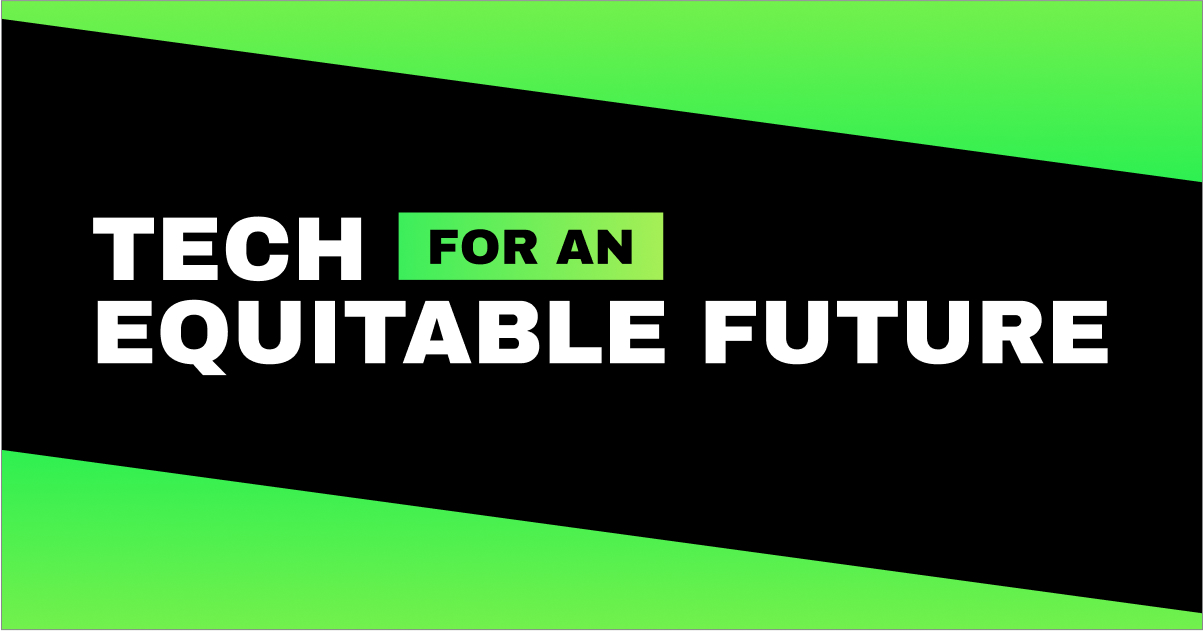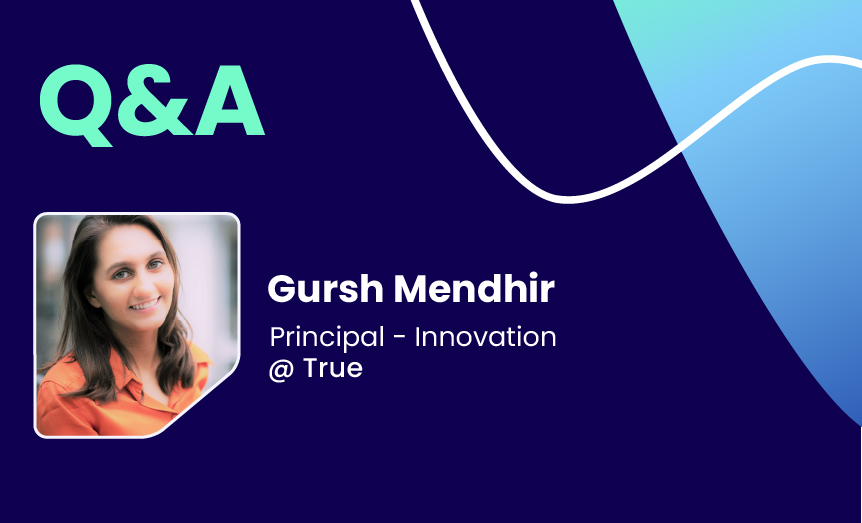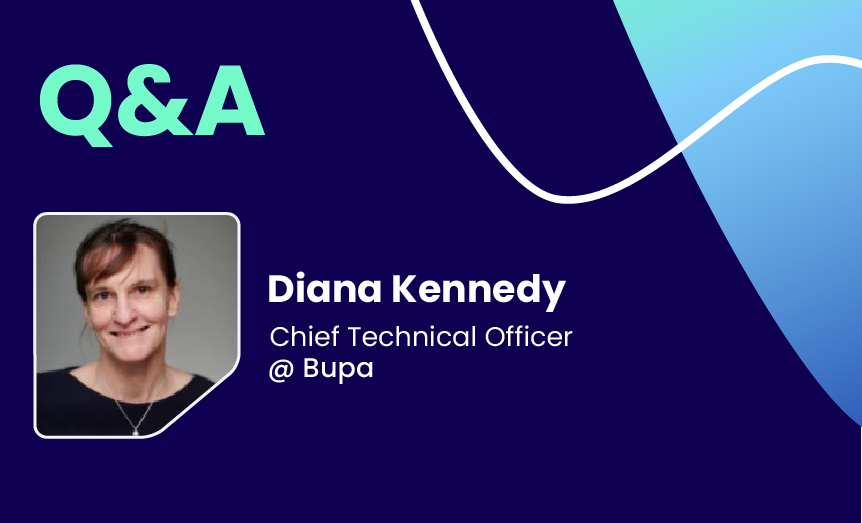You talk about ‘being human in a technological world’, and I wonder if we could start by digging into that a bit more and exploring what that means to you?
Our world today seems to be more technologically driven than ever before. Machines can now perform many of the repetitive, unpleasant or risky tasks we once used to have to do ourselves. Lifting very heavy weights, or working in unhealthy environments and with dangerous products are some examples where technologies can substitute humans in the workforce to improve our well-being as humankind. But, there are many other jobs that shouldn’t necessarily be replaced by machines like those that require human skills: curiosity, empathy, imagination, creativity or critical thinking. As technology becomes more and more ubiquitous, the biggest value we can bring to the world and to our workforce is to have more elements that make us human! Technology should help us leverage those skills. The future of business leans into Industry 5.0 which nudges us to find ways in which humans and technology can collaborate to enhance humans’ unique aspects, while at the same time making the most out of the opportunities that technology can offer humankind.
How do you think anthropological approaches can help technology companies to design human-centred experiences?
Anthropology and other social sciences can help tech developers and designers to build products that respect our human capabilities, strengths and needs while recognising that these are not the same across all human groups. Anthropologists typically do ethnographic studies to understand how people live, work, build relationships with each other, make sense of their lives and thrive in the world. By learning about people’s experiences, problems and needs we can deliver great products that will actually have a positive impact on people’s lives and society at large.
But, when technologies are built without cultural experts, many times teams fall into huge pitfalls created by cultural biases. Human-built products immortalize human problems. For instance, facial recognition is far superior at identifying white men’s faces than literally anyone else’s. Voice recognition software isn’t as good at identifying women’s voices as male voices, resulting in less accuracy and more time-costing and frustrations for women professionals using this tech in healthcare or military industries, or women with disabilities that use this technology to navigate their daily lives. There are many more examples of technology excluding certain demographics, both in the production and the use of these products.
Having anthropologists in the tech industry is an effective way to ensure we integrate different perspectives and human experiences into the development of technology products and services.
From a business anthropology perspective, what do you see as the three biggest challenges facing the adoption of climate tech?
The first challenge is getting people to act, and apply measures as soon as possible. This is due to various factors: people experience the impact of climate change in different timelines, locations or the degrees of the impact. Despite the fact that we need a consensus and joint effort to tackle the climate crisis, the reality is this will be an incremental dynamic.
The second challenge is due to the present bias the tendency to prefer smaller present rewards than to wait for a larger future reward, in a trade-off situation. Especially if the future reward is a collective one – like saving our planet and humankind – which single individuals might not even get to see.
The third challenge we have seen is dealing with people’s preconceptions of what their risks should be. For instance, one could expect high flooding just because their assets are located near a body of water. We’ve seen how confirmation bias leads people to search for data that support their beliefs without factoring in how robust the source of information is.
A very simple solution that can help us overcome these challenges is showing the direct impacts that climate change has today on people’s lives, businesses and finances. For example, showing how an organization’s assets will be exposed to climate risk in the near future, and how that risk changes under different climate scenarios, can influence mindsets and consequently, lead to necessary decisions in adaptation or mitigation planning.
Tell us about the work you are currently doing as a user experience researcher working in the area of climate intelligence
As a user experience researcher at Cervest, my job spans over two main areas: understanding the users’ profiles and studying how they interact with our climate intelligence platform. In the first part, I focus on studying the experiences, needs, pains and journeys of professionals who work with climate data: whether that is a Chief Sustainability Officer, a Risk Manager, an ESG Consultant or a Climate Reporter, I seek to deeply understand what their daily jobs entail. Only when you understand your audience well can you fully connect with them and offer solutions that resonate with their needs.
On the other hand, I take time to deep-dive into the direct interaction that our users have with our products. We do this through usability testing sessions that allow us to observe how people use the tools, and ask them follow-up questions on the go.
The end goal is to collect and feed these users’ insights back into our product, to inform product strategy and design to ensure what we deliver in our climate intelligence platform meets users’ needs. For example, our product, EarthScan™, is often praised for its intuitive UI design and easy navigation.
Could you share some use cases of Cervest’s on-demand climate intelligence? It looks fascinating!
Of course! We have all witnessed the increasing effects of climate change in the world. From the historical heat waves this summer in the UK to major floodings in Iran, Pakistan and recently also in Italy, and extreme winds in Puerto Rico, all of which have damaged built infrastructures impacting people’s lives and businesses severely. While many places, people and organisations are already affected by weather events, for many the most significant effects are likely to emerge over the next few years and decades. Our mission is to help businesses and organisations to anticipate physical risks from climate change to inform decision-making so adaptation and risk management plans can be put in place.
EarthScan is a powerful technology to discover on-demand insights from multiple climate shocks and stresses such as floodings, extreme wind, or heat stress over multiple emissions scenarios and timeframes, from 1700 to 2100. One of our users is in the retail sector: via EarthScan, they can monitor and quantify physical risks across their ranges of assets like warehouses and distribution centres, as well as their supplier’s assets. This helps inform adaptation planning to prevent their stocks from getting damaged or disrupted, at the same time, enabling the opportunity to renegotiate leasing and insurance terms. Another example is a healthcare provider that used EarthScan to analyse heat stress across its primary sites. EarthScan showed that over a short-term time horizon, many assets would face increased levels of max temperature and heatwave days, posing a threat to occupants and operational uptime. Using this intelligence, the organisation reviewed and amended its HVAC systems across assets most at risk, adapting each one with necessary systems to mitigate against this scenario.
These are among many other examples and I look forward to sharing more about these use cases as well as climate intelligence during the workshop on “The Power Behind Pioneering An Intuitive Climate Intelligence Technology” that I will be hosting at the event!
How do you see the role of climate intelligence products like Cervest’s EarthScan evolving, as we fight against climate change?
At Cervest, we are currently working with businesses and organisations in public and private sectors that span over industries including manufacturing, real estate, healthcare, retail, and hospitality. We foresee a future where everyone will need climate intelligence to inform decision-making, and to see which of our most important places like our homes, hospitals, and schools are exposed to risks derived from climate change.
Is there any essential reading or watching that you would recommend for people who are concerned about climate change?
There are so many good books on the topic, it’s hard to pick just one. I have recently read An Overheated World: An Anthropological History of the Early Twenty-first Century and Natural Capital: Valuing the Planet, both of which I highly recommend. Plus, if you haven’t watched the movie Don’t look up you should really give it a go, as I think it portrays very well the challenges that climate scientists are going through in an entertaining way.
Join Veronica Reyero for her session “Users Insights: The Power Behind Pioneering Intuitive Climate Intelligence Technology” at Women of Silicon Roundabout on 22-23rd November.



Comments are currently closed for this post